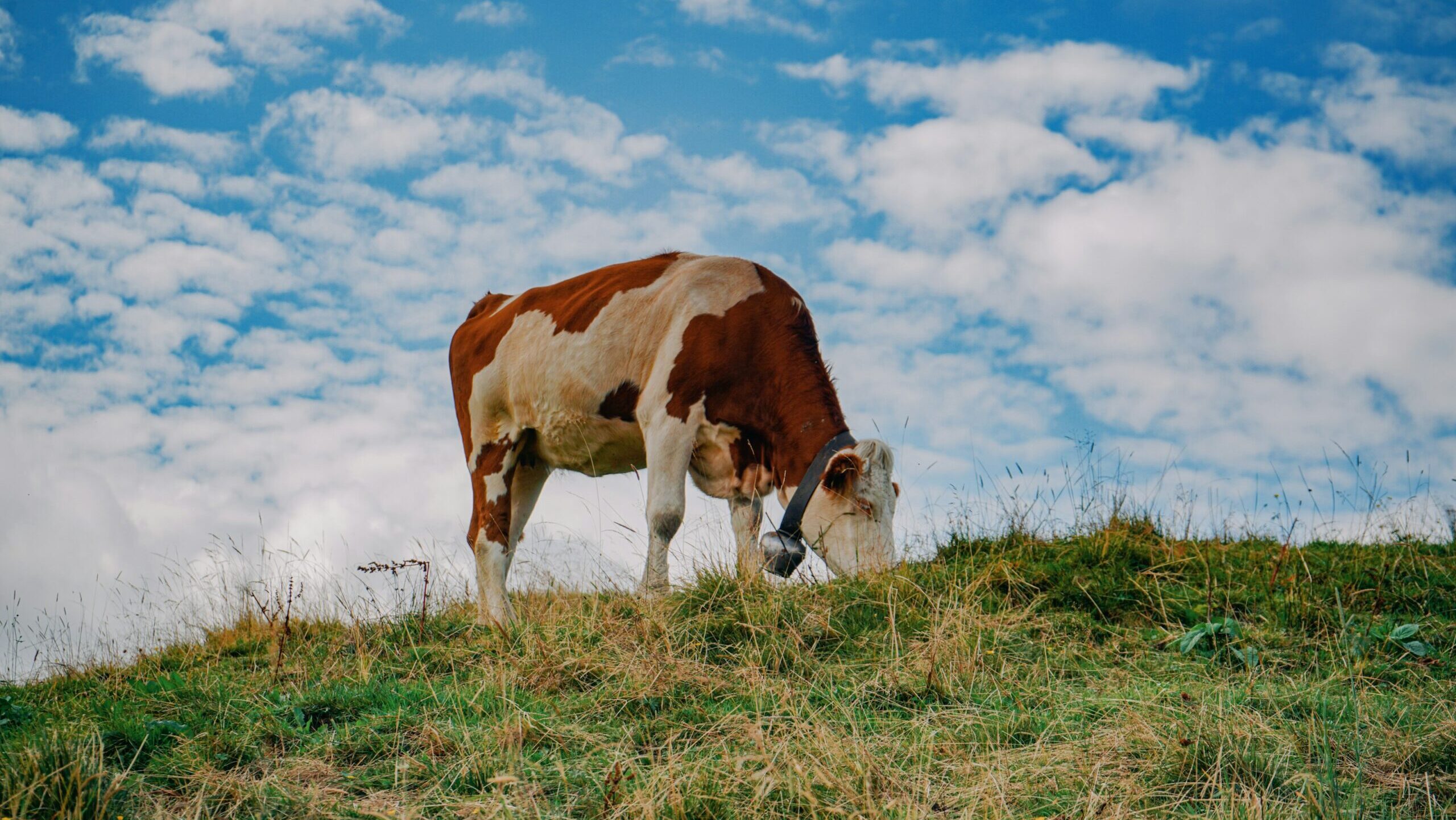Food industry executive Luis Mata has noticed an uptick in interest in grass-fed beef recently. And he’s not the only one.
“There’s been a spark in interest around sustainable meat production,” said Mata, the co-founder of premium meat purveyor Meat N’ Bone, “as consumers become more educated about climate change issues, the impact of agricultural farming methods and their impact on the environment, and food security.”
According to the 2024 Power of Meat report, 83% of consumers seek a “better-for-you” option when they purchase protein, and that’s often satisfied with grass-fed and grass-finished beef that’s available in the case-ready category, said Nicole Schumacher, the CMO at Pre Brands.
Grass-fed beef products were abundant at Expo West 2024 in Anaheim, California, in March.
“I think a lot of consumers are starting to look at where their meat comes from. Typically, grass-fed beef is a welfare-approved process of raising cattle,” Matt Buhmann, director of special projects with the Thousand Hills brand, told The Food Institute. Grass-fed beef entails “more green time, rather than being in a conventional feedlot where it’s all brown mud and the animals are packed in shoulder to shoulder.”
According to USDA, the definition of the term “grass fed” is when grass serves as the feed source for an animal throughout their lifetime, except for milk consumed prior to weaning. USDA noted that grass-fed diets are typically derived from forage consisting of grass, legumes, or cereal grain crops in the pre-grain state.
The grass-fed beef market was projected to rise by nearly $3.7 billion, at a CAGR of 5.5% between 2023 and 2028, according to Technavio.
Brands like Silver Fern Farms are innovating within the grass-fed category, with products like its recently launched Net Carbon-Zero Certified beef product.
Grass-fed beef brands argue their products offer benefits that conventional beef products can’t, such as:
- Health benefits – Grass-fed beef is usually lower in fat, contains at least 200% more Omega-3 fatty acids, higher levels of vitamins A, E, and K2, as well as antioxidants when compared to conventional beef. Grass-fed brands also say their beef contains high levels of conjugated linoleic acid (CLA), which helps support healthy blood sugar levels.
- Ideal flavor – Due to the low stress levels associated with cattle that produce grass-fed beef, brands operating within that category argue their products offer ideal flavor. Of course, preferred flavor is a matter of opinion, and some consumers argue that grass-fed steaks have a more mineral-heavy taste and can be overly gamey.
Grass-fed and grass-finished beef products require a holistic commitment to sourcing and a lengthier sourcing cycle that often results in an increased cost.
“To raise an animal exclusively on pasture,” Mata explained, “does require more intentional land management practices and a commitment from the farmer, and supply chain in general, towards a longer-term vision. This comes at a greater cost initially, but it’s also a closed-loop system, so the indirect costs of production – such as environmental costs – are factored into the end product. Conventional beef products don’t do that.”
The Food Institute Podcast
Corn stocks, poultry flocks, and highly-pathogenic avian influenza – what does the U.S. agricultural system look like amid inflation and other headwinds? Wells Fargo Chief Agricultural Economist Dr. Michael Swanson discussed specialty crops, grain plantings, and what to expect in the growing year to come.












